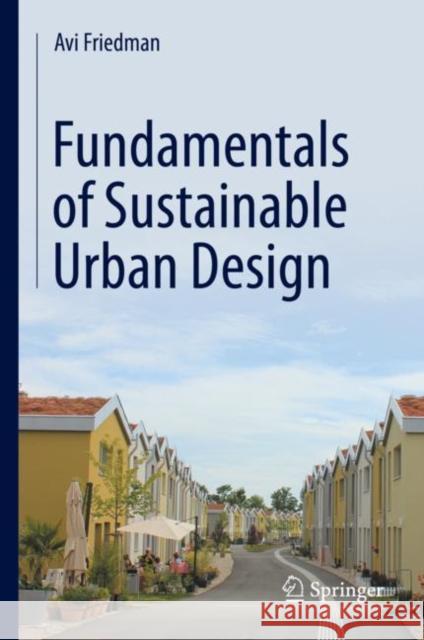Fundamentals of Sustainable Urban Design » książka
topmenu
Fundamentals of Sustainable Urban Design
ISBN-13: 9783030608644 / Angielski / Twarda / 2020 / 328 str.
Fundamentals of Sustainable Urban Design
ISBN-13: 9783030608644 / Angielski / Twarda / 2020 / 328 str.
cena 563,56
(netto: 536,72 VAT: 5%)
Najniższa cena z 30 dni: 539,74
(netto: 536,72 VAT: 5%)
Najniższa cena z 30 dni: 539,74
Termin realizacji zamówienia:
ok. 22 dni roboczych.
ok. 22 dni roboczych.
Darmowa dostawa!
Kategorie:
Kategorie BISAC:
Wydawca:
Springer
Język:
Angielski
ISBN-13:
9783030608644
Rok wydania:
2020
Wydanie:
2021
Ilość stron:
328
Waga:
0.72 kg
Wymiary:
23.88 x 19.56 x 1.78
Oprawa:
Twarda
Wolumenów:
01











